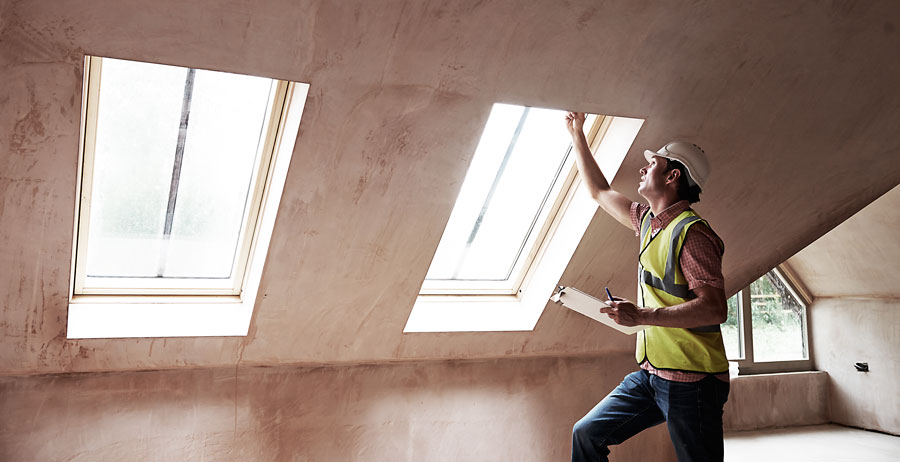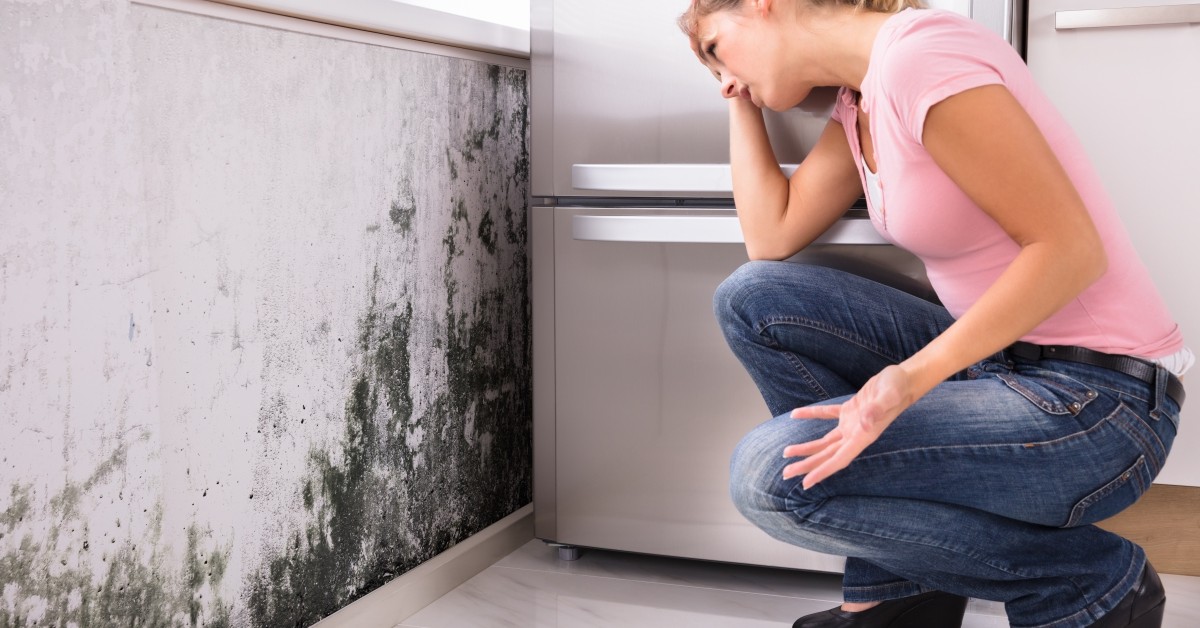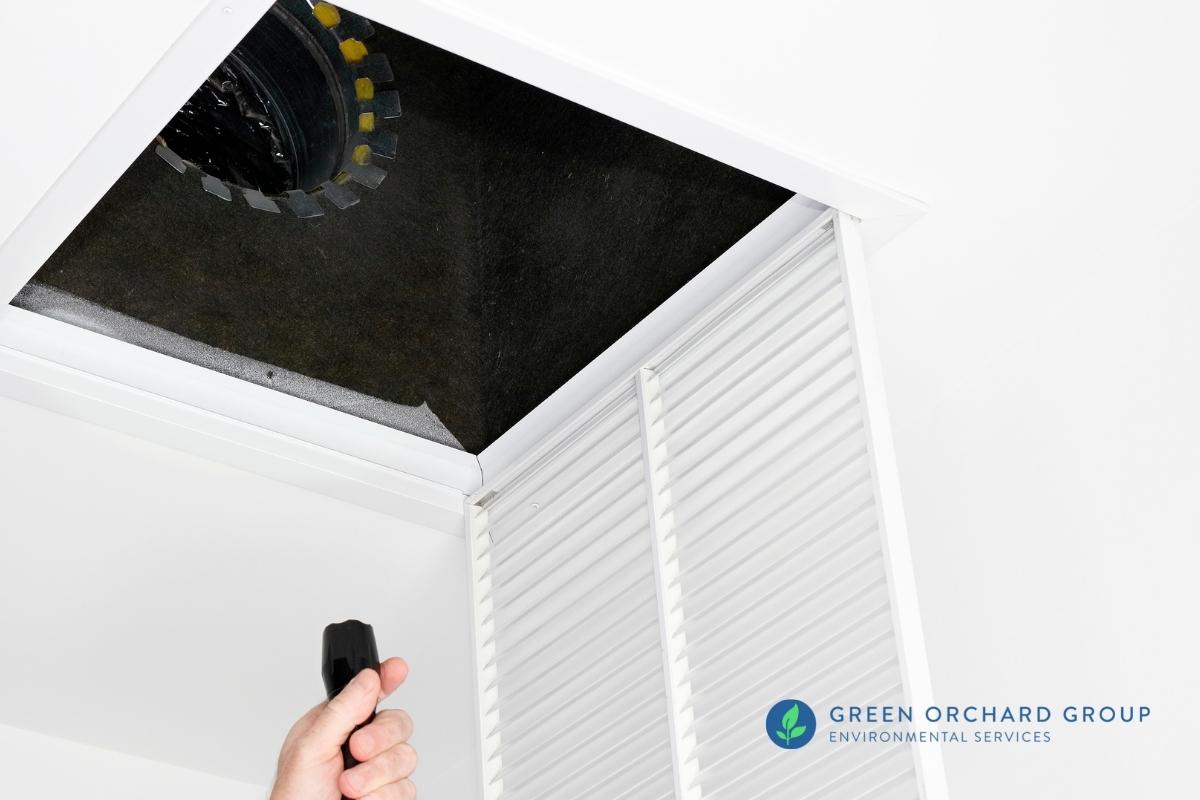Your Ultimate Overview to Post Mold Remediation Techniques
Browsing the world of post-mold removal methods is a careful process that requires attention to detail and an extensive understanding of the ins and outs included. In the consequences of mold problem, understanding just how to properly eliminate the mold and prevent its reoccurrence is critical for preserving a healthy and balanced indoor environment. From choosing the right cleansing and decontaminating methods to carrying out approaches for long-lasting mold and mildew avoidance, each action in the remediation journey plays an essential role in making certain an effective outcome. As we embark on this expedition of post-mold removal techniques, we will uncover the key strategies and ideal methods that can help you recover your space to its pre-mold condition and safeguard it against future mold hazards.
Comprehending Post-Mold Removal Refine
After completing the mold and mildew removal process, it is crucial to understand the post-mold removal strategies that are necessary to guarantee a comprehensive and effective cleaning. As soon as the mold and mildew has been eliminated, the next step involves cleaning and disinfecting the influenced areas to avoid any kind of regrowth of mold. This includes using specialized cleansing representatives to clean down surface areas and kill any kind of continuing to be mold spores. It is necessary to dry the location entirely to discourage the development of mold and mildew in the future (Post remediation mold testing near me). Appropriate ventilation and dehumidification can aid in this process.
Additionally, conducting a last assessment post-remediation is important to guarantee that all mold and mildew has been effectively eradicated. This examination ought to involve an extensive visual check along with possibly air sampling to confirm the lack of mold spores airborne. Additional removal may be needed if the evaluation discloses any remaining mold. Educating occupants on precautionary steps such as regulating dampness degrees and immediately resolving any type of water leakages can aid preserve a mold-free atmosphere.
Efficient Cleaning and Sanitizing Techniques

Preventing Future Mold Growth

Value of Correct Ventilation
Correct ventilation plays a vital role in protecting against wetness buildup, a vital aspect in mold growth within interior settings. news Efficient air flow systems assist remove excess humidity from the air, decreasing the chances of mold and mildew spores finding the wetness they need to spread out and germinate. Without appropriate ventilation, interior spaces can come to be a breeding ground for mold and mildew, causing potential health and wellness risks and structural damages.
By guaranteeing proper air flow, air flow systems can likewise assist in drying moist locations quicker after water damages or flooding events, further hindering mold growth. Post Remediation Inspection near me. In areas like shower rooms, basements, kitchen areas, and attic rooms where dampness levels tend to be higher, setting up and preserving efficient air flow systems is critical in avoiding mold infestations

Tracking and Upkeep Tips
Given the critical duty that correct ventilation plays in preventing mold development, it is necessary to develop efficient monitoring and upkeep pointers to make certain the continued capability of ventilation systems. Routine assessments of ventilation systems should be performed to check for any kind of signs of obstructions, leakages, or breakdowns that can restrain proper airflow. Tracking humidity levels within the building is also important, as high moisture can add to mold and mildew development. Mounting a hygrometer can assist track moisture levels and alert property owners to any spikes that might call for interest. In addition, guaranteeing that air filters are consistently cleaned or replaced is important for preserving the performance of the ventilation check my site system. Applying a routine for regular upkeep tasks, such as air duct cleaning and heating and cooling system examinations, can help avoid problems prior to they escalate. By staying conscientious and aggressive to the condition of ventilation systems, homeowner can successfully alleviate the threat of mold and mildew regrowth and maintain a healthy indoor environment.
Conclusion
To conclude, post-mold removal methods are important for guaranteeing a clean and safe environment. Recognizing the process, implementing reliable cleaning and disinfecting approaches, stopping future mold and mildew development, maintaining correct ventilation, and regular tracking are all crucial actions in the remediation procedure. By complying with these guidelines, you can effectively get rid of mold and stop its return, functioning or promoting a healthy and balanced living space for all owners.
In the consequences of mold and mildew problem, knowing exactly how to efficiently eliminate the mold and avoid its reoccurrence is paramount for keeping a healthy indoor setting. When the mold has been gotten rid of, the next step entails cleaning and disinfecting the impacted locations to prevent any type of regrowth of mold and mildew - testing air quality after official site mold remediation. After eliminating noticeable mold and mildew growth, it is important to cleanse all surfaces in the afflicted location to remove any kind of remaining mold spores. To even more improve mold and mildew prevention steps, it is crucial to address underlying issues that at first led to mold and mildew growth.Offered the essential role that proper ventilation plays in stopping mold and mildew growth, it is critical to develop reliable monitoring and maintenance pointers to ensure the continued functionality of ventilation systems